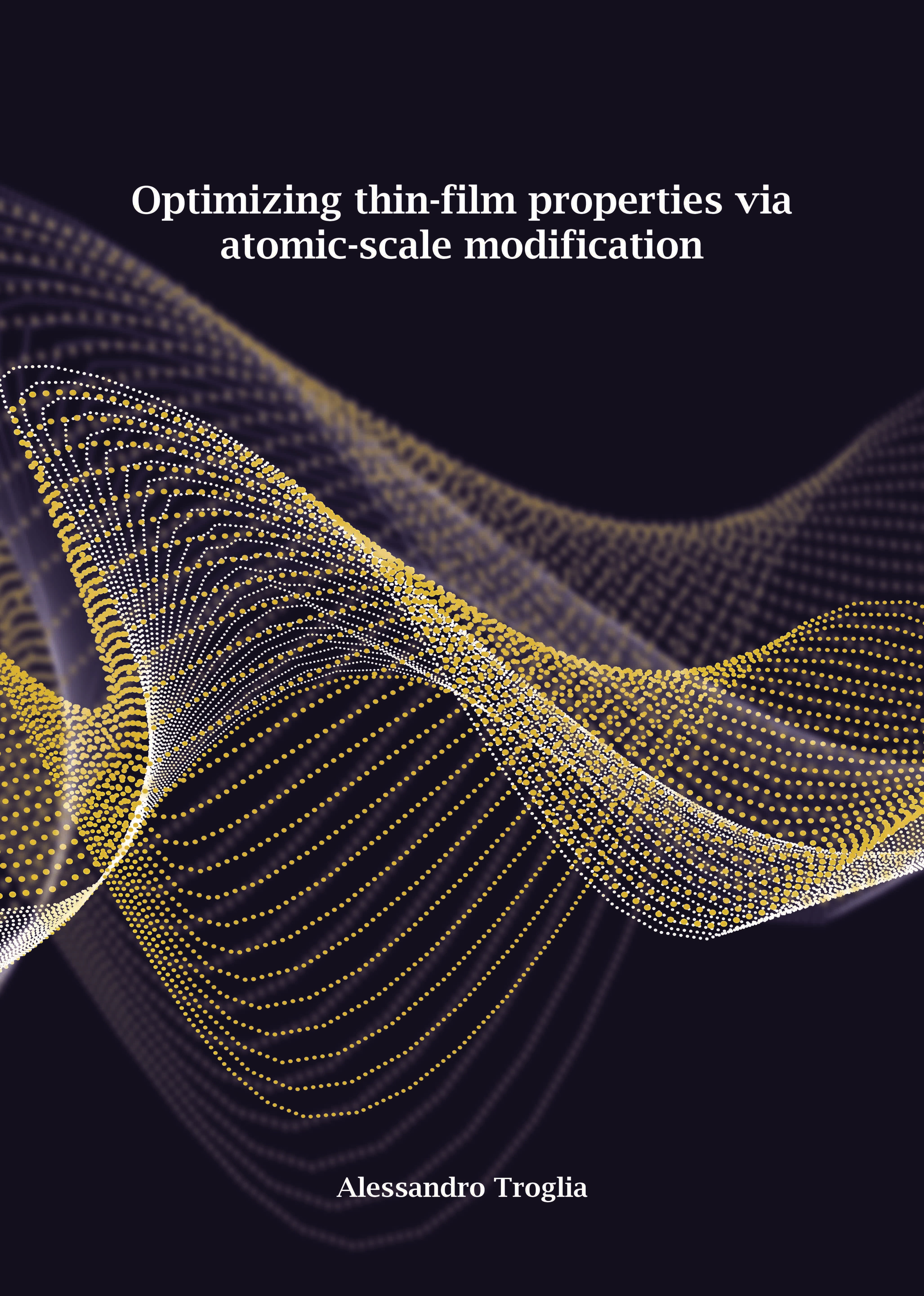Optimizing thin-film properties via atomic-scale modification
In materials science, the atomic scale is often overlooked if the primary interest is in macroscopic properties and a detailed atomic-level understanding is not essential. However, for a large variety of applications, ranging from free-standing nanolayers to hard, corrosion-resistant, and optically transparent thin films, the optimization of macroscopic properties can be achieved through controlled atomic-scale modification. In particular, functional coatings need to possess specific physical and chemical properties at the nanoscale, tailored to the intended application and its environment. A basic comprehension of atomic-level properties is necessary to allow for deterministic materials engineering, so that the control over the nanoscale meets performance in everyday life. In this thesis, this approach is focused on coatings of metals and alloys, which form an active area of research both in fundamental and applied contexts. Novel pathways to customize metallic films to specific requirements are explored. The effects on macroscopic performance are characterized and connected to an atomic-scale picture by employing a wide array of experimental techniques, including x-ray photoelectron spectroscopy, x-ray diffraction, atomic-force microscopy, Raman spectroscopy, and transmission electron microscopy. The experimental results reported in this thesis further strengthen the importance of atomic-scale properties in determining the macroscopic behavior, highlighting new ways of innovative materials design.









